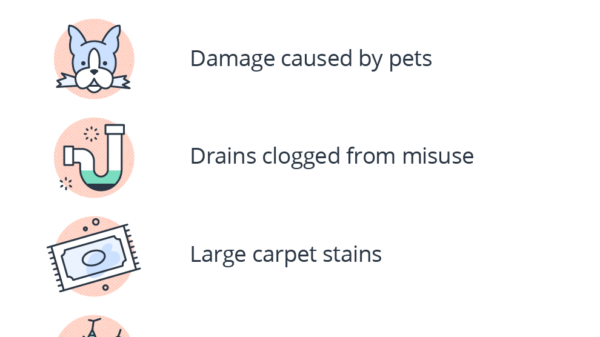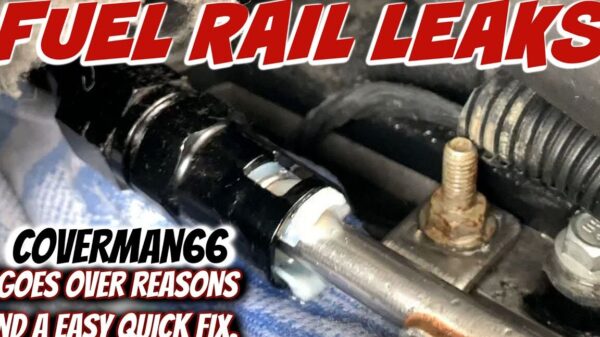📰 Table Of Contents
- 1 How To Fix Active Air Flap System: Step-by-Step Guide to Resolving Common Issues
- 2 skoda octavia 3 2014, blowing always hot air driver site. actuator motor flaps issue
- 3 What is the meaning of the message «check active air flap system»?
- 4 What is the air flap system?
- 5 What does the air flap system on a Hyundai Genesis do?
- 6 What is the Ioniq active air flap system?
- 7 Questions you’ve probably asked yourself
How To Fix Active Air Flap System: Step-by-Step Guide to Resolving Common Issues
One common issue that car owners may encounter is a malfunctioning Active Air Flap System. If you’re facing this problem, don’t worry as it can be fixed following these step-by-step instructions.
Step 1: Identify the symptoms.
Before diving into fixing the system, it’s essential to identify the symptoms of a faulty Active Air Flap System. These may include unusual engine noises, poor fuel efficiency, or difficulty in maintaining the desired temperature inside the car.
Step 2: Locate the air flap system.
The next step is to locate the Active Air Flap System in your vehicle. It can usually be found near the front grille or inside the air intake assembly. Refer to your car’s manual if needed.
Step 3: Inspect for any visible damage.
Carefully inspect the air flap system for any signs of visible damage, such as broken flaps or loose connections. If you spot any issues, proceed to fix them accordingly.
Step 4: Check the control module.
The control module is responsible for regulating the movement of the air flaps. Use a diagnostic tool to check if the control module is functioning correctly. If it’s faulty, it may need to be replaced.
Step 5: Clean the air flap system.
Over time, dirt and debris can accumulate on the air flaps, affecting their movement. Use a mild cleaner and a soft brush to clean the flaps thoroughly. Ensure they move smoothly after cleaning.
Step 6: Lubricate the moving parts.
Apply a small amount of lubricant to the hinges and other moving parts of the air flap system. This helps reduce friction and ensures proper functionality.
Step 7: Test the system.
Start your vehicle and test the Active Air Flap System to see if the issues have been resolved. Pay attention to any strange noises or irregular movements.
Step 8: Seek professional help if necessary.
If the problem persists or you’re unsure about the fix, it’s best to seek professional assistance. A mechanic experienced in air flap system repairs can diagnose and resolve the issue effectively.
Remember, it’s important to follow these steps carefully and ensure safety while working on your vehicle’s Active Air Flap System.
skoda octavia 3 2014, blowing always hot air driver site. actuator motor flaps issue
What is the meaning of the message «check active air flap system»?
The message «check active air flap system» refers to a potential issue with the vehicle’s active air flap system. The active air flaps are responsible for controlling the airflow into the engine compartment, optimizing aerodynamics and engine cooling. When this message appears, it indicates that there may be a malfunction or a problem with the system.
To diagnose and fix this issue, you should first check for any visible damage or obstruction to the active air flaps. Inspect the flaps for any signs of physical damage or debris that may be blocking their movement.
If no visible issues are found, the next step is to scan the vehicle for diagnostic trouble codes (DTCs) using a diagnostic tool. This will help identify any specific faults or malfunctions within the system.
Once the fault codes are retrieved, refer to the vehicle’s service manual or consult a professional mechanic to interpret the codes and determine the appropriate course of action.
In some cases, the issue may be resolved by resetting the system through the vehicle’s onboard computer or by disconnecting and reconnecting the battery. However, it is important to note that this should only be done if no other underlying problems are found.
If the issue persists after these steps, it is recommended to seek assistance from a qualified technician who can further diagnose and repair the active air flap system.
What is the air flap system?
The air flap system is a mechanism present in certain devices or systems that controls the flow of air. It typically consists of a series of flaps or vents that can be adjusted to regulate the amount of air entering or exiting a particular area.
In the context of HVAC (Heating, Ventilation, and Air Conditioning) systems, the air flap system is responsible for directing airflow to different zones or areas within a building. This allows for better temperature control and ensures that each room receives the desired amount of conditioned air.
Sometimes, issues may arise with the air flap system, such as malfunctioning flaps or blockages that prevent proper airflow. To fix these problems, it is necessary to identify the specific issue and then undertake the appropriate troubleshooting steps. This might involve checking for any physical obstructions, adjusting or replacing damaged flaps, or recalibrating the system settings.
Regular maintenance and cleaning of the air flap system are also important to prevent dirt or debris accumulation, which can hinder the system’s performance. Following the manufacturer’s guidelines and seeking professional assistance, if needed, are recommended to ensure effective operation and prolong the lifespan of the air flap system.
What does the air flap system on a Hyundai Genesis do?
The air flap system on a Hyundai Genesis is an important component of the vehicle’s intake system. It consists of a series of flaps that are controlled by the engine control unit (ECU) and are located in the air intake ducts.
The primary function of the air flap system is to regulate the airflow into the engine’s combustion chamber. By adjusting the position of the flaps, the system can control the amount of air entering the engine, which is crucial for maintaining optimal fuel-air mixture ratios for combustion. This helps to improve engine performance, fuel efficiency, and reduce emissions.
In addition to regulating airflow, the air flap system also plays a role in controlling noise levels within the intake system. The flaps can be adjusted to redirect or dampen sound waves generated during engine operation, reducing intake noise and improving cabin comfort.
If you encounter issues with the air flap system, such as excessive noise, poor engine performance, or trouble starting the vehicle, it may require diagnosis and repair by a qualified mechanic. They can use specialized diagnostic tools to identify any faults or malfunctions in the system and perform the necessary repairs or replacements.
What is the Ioniq active air flap system?
The Ioniq active air flap system is a feature found in Hyundai’s Ioniq hybrid and electric vehicles. This system is designed to optimize aerodynamics and improve fuel efficiency by actively controlling the airflow around the vehicle.
The active air flap system consists of electronically controlled flaps located in the front grille. These flaps can open or close based on various factors such as vehicle speed, engine temperature, and cooling needs.
At low speeds or during idle, the flaps remain closed to reduce drag and improve fuel efficiency. When the vehicle requires additional cooling, such as during high-speed driving or heavy loads, the flaps open to allow more air into the engine compartment for improved cooling performance.
If there is a problem with the Ioniq active air flap system, it may result in issues such as poor engine cooling, reduced fuel efficiency, or increased aerodynamic noise. If you experience any of these problems, it is recommended to have the system inspected and repaired by a qualified technician.
Disclaimer: It’s important to consult the owner’s manual or seek professional assistance when attempting to fix or repair any vehicle system.
Questions you’ve probably asked yourself
How to fix an active air flap system that is stuck open or closed?
To fix a stuck open or closed active air flap system:
1. Check the fuse and wiring to ensure there are no electrical issues causing the problem.
2. Inspect the actuator responsible for controlling the air flap movement. Clean or replace it if necessary.
3. Lubricate the air flaps with a suitable lubricant to prevent them from getting stuck.
4. Reset the system by disconnecting the battery for a few minutes and then reconnecting it.
5. Perform an adaptation procedure using a diagnostic tool to recalibrate the air flap system.
6. Seek professional help if the issue persists, as it may require advanced troubleshooting or component replacement.
What are the common causes of an active air flap system malfunction and how to troubleshoot them?
The common causes of an active air flap system malfunction include faulty sensors, wiring issues, damaged actuators, and software glitches. To troubleshoot the issue, start by checking the sensors and wiring connections for any signs of damage or loose connections. Next, test the actuators to ensure they are working properly and not stuck. Lastly, update the software to the latest version or reset the system if necessary.
Is it possible to manually override or bypass the active air flap system if it is not functioning properly?
Yes, it is possible to manually override or bypass the active air flap system if it is not functioning properly.
In conclusion, fixing the active air flap system is crucial in ensuring optimal performance and efficiency of your vehicle.
By following the step-by-step guide outlined in this article, you can diagnose and resolve common issues that may arise with this system.
Remember to inspect the actuator motor and its wiring for any signs of damage or malfunction, as well as clean and lubricate the air flaps regularly to prevent them from getting stuck.
Additionally, checking the vacuum lines and testing the electrical connections are essential steps to address any potential problems.
Proper maintenance and timely repairs will not only restore the functionality of the active air flap system, but also contribute to the overall longevity and performance of your vehicle.
So, don’t delay in taking action if you notice any issues with this system, as addressing them promptly can save you from more costly repairs down the line.

































































